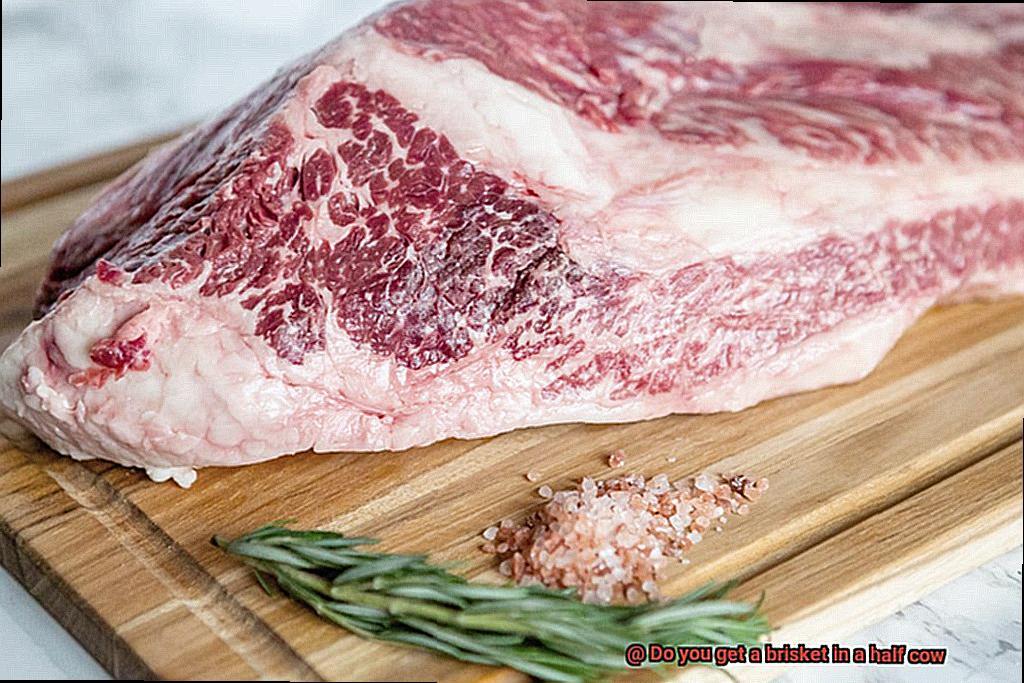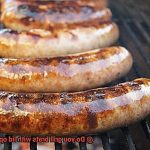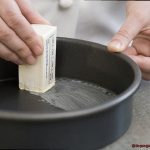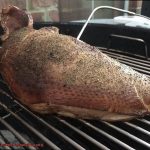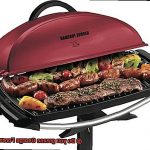Do you consider yourself a meat connoisseur? Are you interested in learning about the various beef cuts available? If so, then you’ve probably heard of brisket – a juicy and flavorful cut that comes from the cow’s front chest. But, if you’re thinking about purchasing a half cow, you may be wondering whether or not it includes this prized cut.
Buying meat in bulk is an excellent way to stock up on premium-quality beef while saving money. However, many people are uncertain about which cuts they’ll receive when buying a half cow. That’s why it’s crucial to know whether or not brisket is included.
In this article, we’ll take a closer look at the world of beef cuts and answer the question: do you get a brisket in a half cow? We’ll delve into the anatomy of cows, explore the various cuts that make up a half cow, and provide insight into what to expect when it comes to receiving your brisket.
So whether you’re an avid meat-eater or just curious about different beef cuts, keep reading to discover everything there is to know about getting a brisket in your half cow order.
Contents
Where Does the Brisket Come From?
This popular cut of meat comes from the lower chest area of a cow and is known for its rich, bold flavor. But where exactly does this delicious cut come from?
The brisket is composed of two different muscles: the flat and the point. The flat, also known as the first cut, is a leaner and more uniform muscle that is typically used for slicing. On the other hand, the point, also known as the second cut or deckle, is a fattier and more marbled muscle that is perfect for shredding or chopping.
But what about when it comes to purchasing a half cow? It’s important to note that the brisket is included in this option, but keep in mind that the quantity and quality of the brisket may vary depending on various factors such as age, breed, and diet.
To ensure that you receive the specific cuts and portions that you desire, communicate with your local butcher or meat processor. They can provide guidance on how to best utilize each cut, including the brisket, and suggest appropriate cooking methods to achieve optimal results.
When it comes to cooking the brisket itself, patience is key. This tough muscle requires low and slow cooking methods to break down its connective tissue and achieve a tender and flavorful result. Whether you’re smoking or braising, there are endless possibilities for creating a delicious brisket dish.
What Types of Cuts are Included in a Half Cow?
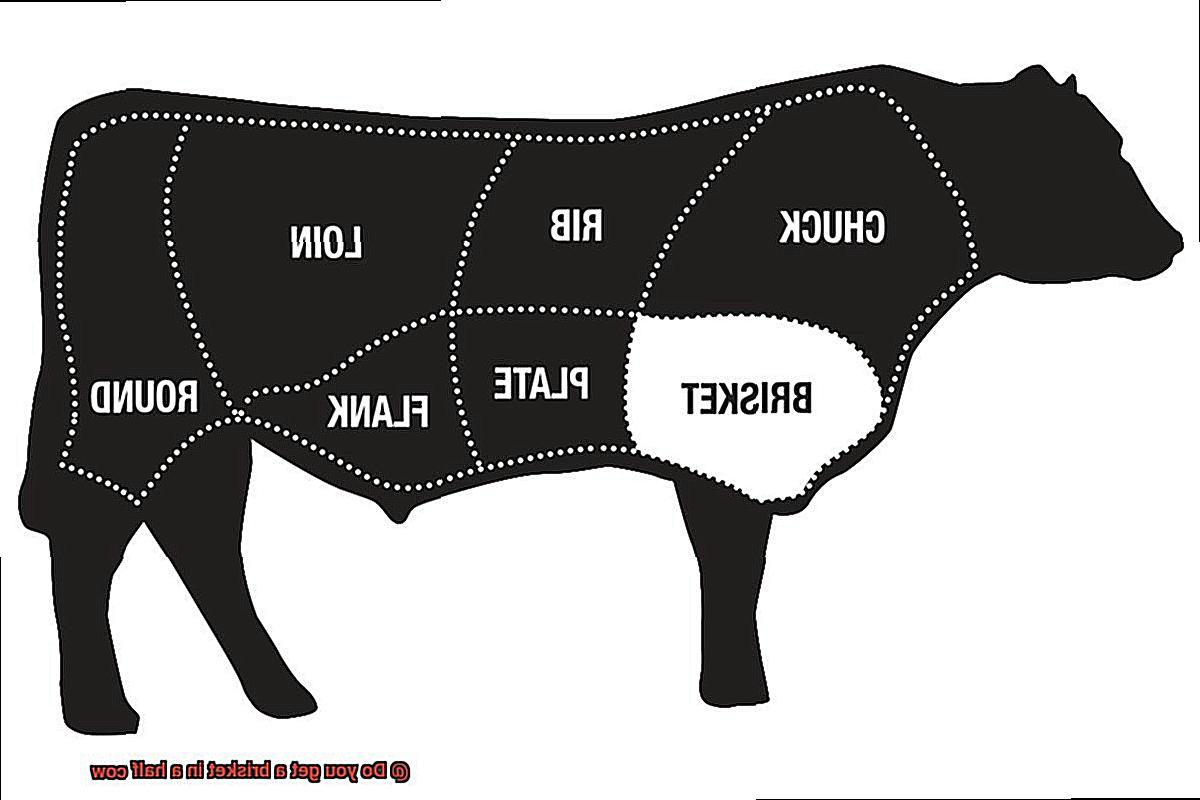
If you’re looking to purchase a half cow, it’s important to know what types of cuts you can expect to receive. Here are some information explaining the different cuts included in a half cow.
Forequarter Cuts:
The forequarter of the cow includes cuts like chuck roast, brisket, and short ribs. Chuck roast is a flavorful and affordable cut that comes from the shoulder area, making it perfect for slow-cooking dishes like stews or roasts. Brisket, which comes from the breast area, is a versatile cut that can be used for smoking, roasting, or braising. Short ribs are another popular cut from the forequarter that are great for grilling or braising.
Hindquarter Cuts:
The hindquarter of the cow includes cuts like sirloin steak, tenderloin, and round steak. Sirloin steak is a lean cut that is great for grilling or broiling. Tenderloin is another lean cut that is considered one of the most tender cuts of beef and is perfect for special occasions. Round steak comes from the rear leg of the animal and is a lean cut that is great for recipes that require thin slices of beef.
Other Cuts:
Other cuts that may be included in a half cow could include flank steak, skirt steak, and ground beef. Flank steak is a long, flat cut that is great for marinating and grilling. Skirt steak is another flavorful cut that is perfect for fajitas or stir-fry dishes. Ground beef can be used in a variety of recipes, from burgers to meat sauces.
Quantity of Ground Beef:
Ground beef is typically one of the largest quantities of meat included in a half cow since it is made from the leftover trimmings from other cuts. This makes it an affordable and versatile ingredient that can be used in a variety of recipes.
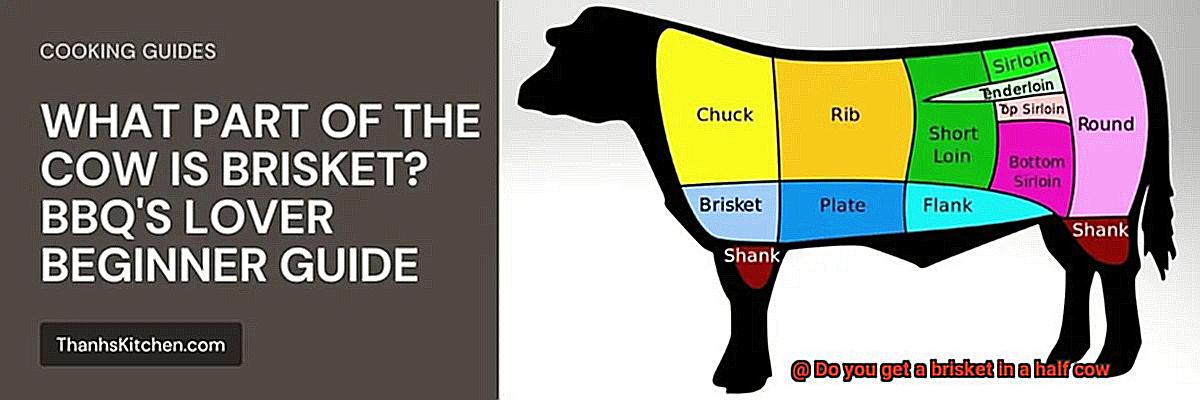
Variations in Cuts:
It’s important to note that the specific cuts included in a half cow can vary depending on the butcher and how the animal was processed. However, most half cows will include a combination of these and other popular cuts. This variation is what makes purchasing a half cow exciting since you never know exactly what cuts you will receive, but you can be sure that you’ll have a diverse selection of high-quality meat.
How to Prepare and Cook a Brisket
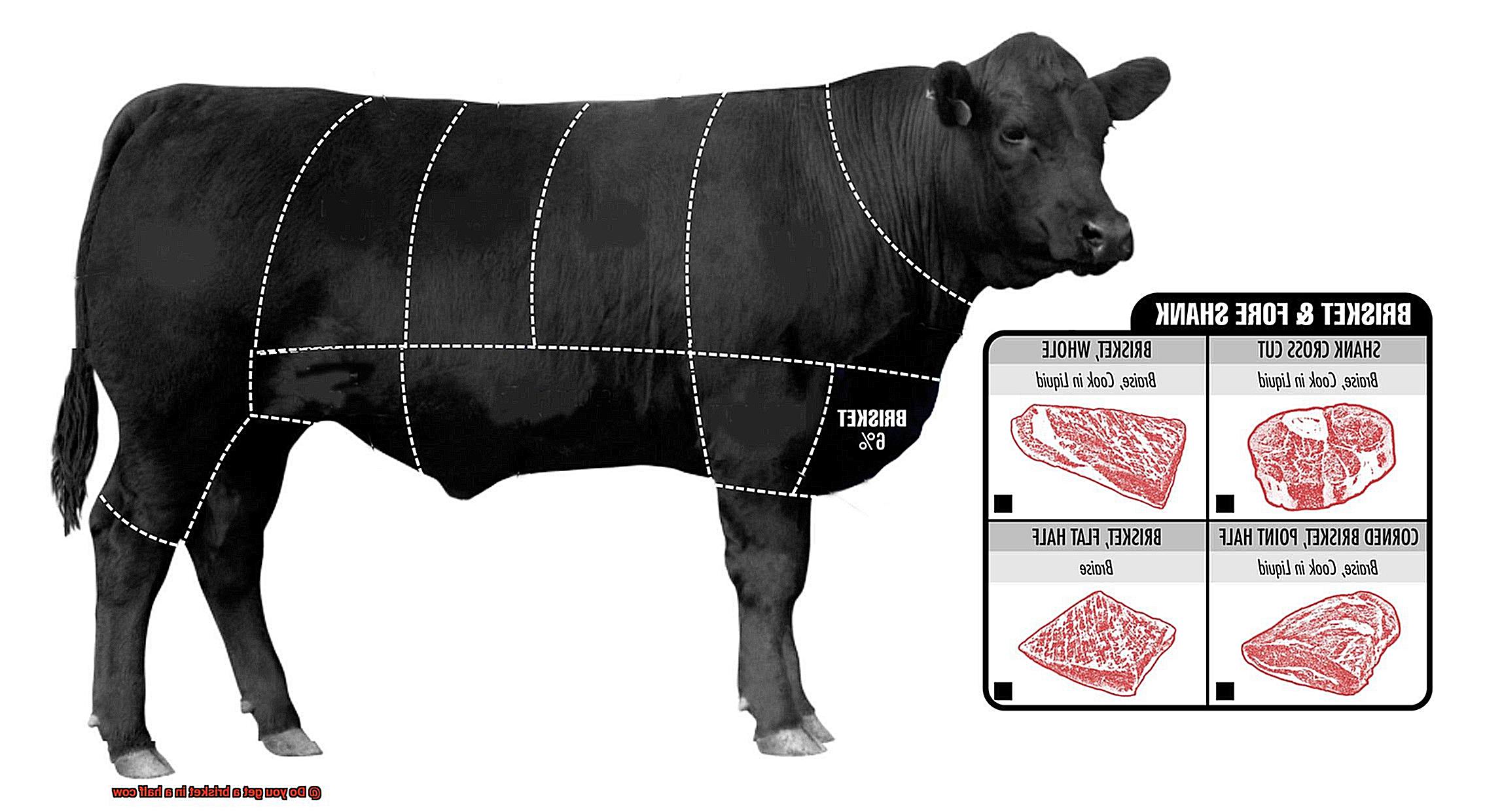
Brisket is a beloved cut of meat that can be quite intimidating to cook. However, with the right techniques and preparation, it can become a delicious and memorable centerpiece for any meal. Here are some key steps to prepare and cook the perfect brisket.
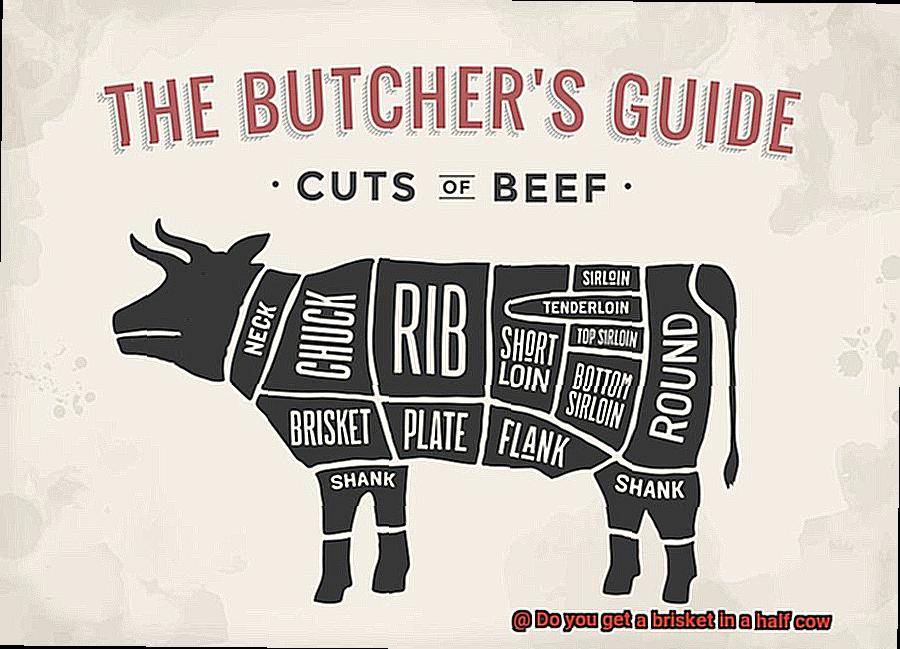
Choose the Perfect Cut
Choosing the right cut of brisket is crucial to the cooking process. A full brisket has two muscles: the flat and the point. The point has more fat, which gives it more flavor, while the flat is leaner. If you purchase a half cow, you will receive both muscles unless specified otherwise. It’s important to note that smaller cuts of meat will result from a half cow, so you may end up with smaller sections of both the point and flat.
Trim the Fat
Trimming excess fat and silver skin from the brisket is essential in order to keep it moist during cooking. A thin layer of fat on top will be sufficient for this purpose. Scoring the fat cap on top of the brisket can also help render down the fat and add more flavor.
Season Liberally
A classic brisket rub usually includes salt, black pepper, garlic powder, onion powder, and paprika. Additional spices such as cumin or chili powder can be added based on your preference. Ensure that you season both sides of the meat generously, then refrigerate it for at least an hour before cooking to allow flavors to meld together.
Cook Low and Slow
Low and slow is the best way to cook a brisket, as this method tenderizes the meat and creates a smoky flavor profile. Smoking is one of the most popular options for cooking brisket, but braising or slow roasting in an oven works well too. Braising involves cooking the brisket in a liquid such as beef broth or red wine to keep it moist and tender. Slow roasting in an oven means cooking the brisket covered with foil for several hours until it reaches an internal temperature of 195-205°F.
Rest the Brisket
After cooking, let the brisket rest for at least 30 minutes before slicing into it. This allows the juices to redistribute within the meat, making it more tender and flavorful. Serve with your favorite sides such as baked beans, coleslaw, or mac and cheese for a perfect BBQ meal.
Benefits of Purchasing a Half Cow
If you’re a fan of meat, you know that buying high-quality cuts can be expensive. But did you know that purchasing a half cow can be a cost-effective and convenient option for your family? Not only do you get to enjoy fresh, delicious meat, but there are also several benefits to purchasing a half cow.
Firstly, buying meat in bulk can save you money in the long run. When purchasing a half cow, you have the option to choose which cuts you want and how they are prepared. This means that you can customize your order to include the cuts of meat you prefer, which can be more economical than buying individual cuts at your local butcher or grocery store. By avoiding the mark-up of packaging and processing costs, you can get more bang for your buck.
But the benefits don’t stop there. Another advantage of purchasing a half cow is that it allows you to support local farmers and businesses. Many small farms offer half cow purchases as a way to sustain their business and provide customers with fresh, locally sourced meat. By buying a half cow from a local farm, you are supporting sustainable agriculture and helping to keep small businesses thriving. It’s a win-win situation for everyone involved.
In addition to supporting local businesses, purchasing a half cow can also be more environmentally friendly than buying meat from large-scale factory farms. Small family-owned farms often use sustainable farming practices, such as rotational grazing and natural feed sources, which can reduce the environmental impact of meat production. By choosing this option, you are doing your part to protect the planet while enjoying delicious, wholesome food.
Overall, there are several benefits to purchasing a half cow for those who enjoy grilling and want access to high-quality meat. To sum up:
- Cost savings: Buying in bulk means you save money compared to buying individual cuts.
- Customization: You can choose the cuts of meat you prefer.
- Support local farmers: By buying from small businesses, you’re helping them stay afloat and promoting sustainable agriculture.
- Environmentally friendly: Small family-owned farms often use sustainable farming practices that reduce the environmental impact of meat production.
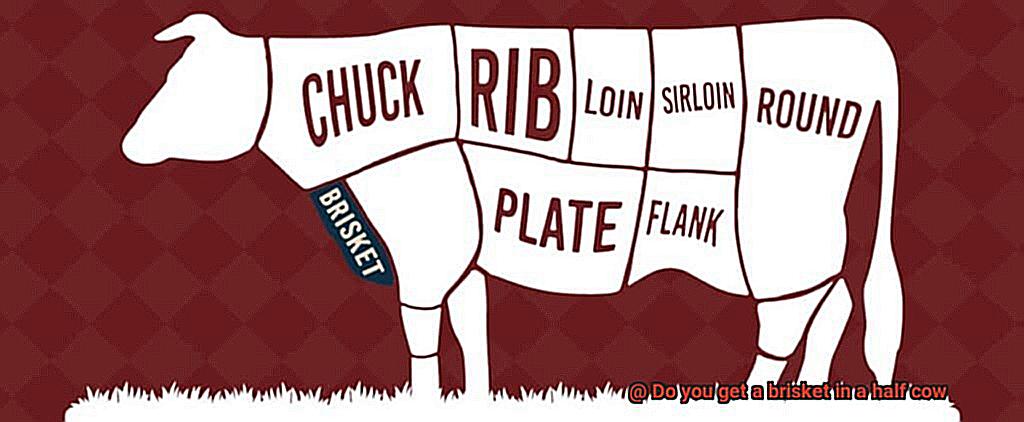
The Difference Between Flat and Point Cuts of the Brisket
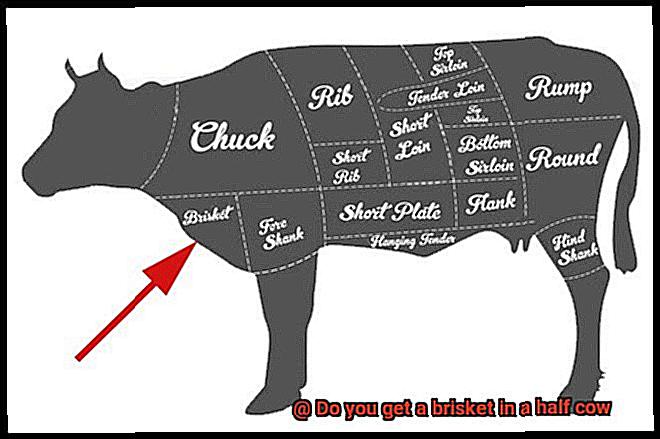
If so, you’ve probably heard of the brisket – a large and flavorful cut of beef taken from the breast section of the cow. But did you know that there are two main muscles that make up this cut, each with its own unique characteristics? Let’s take a closer look at the flat and point cuts of the brisket.
Starting with the flat cut, also known as the “first cut,” this leaner and more uniform slice is perfect for those who want to enjoy a healthier option. It’s also easier to slice and is often used for corned beef or pastrami. If you’re looking for a cut that will hold its shape when sliced and still deliver on taste, then the flat cut is the way to go.
Next up is the point cut, also known as the “second cut.” This part of the brisket has more marbling and fat, making it more flavorful but also more difficult to slice. However, don’t let that discourage you – the point cut is perfect for barbecue or slow-cooking methods like braising. The added fat makes it tender and juicy, resulting in a melt-in-your-mouth texture that will leave your taste buds begging for more.
Now, when you purchase a half cow, you’ll receive one whole brisket that needs to be divided into these two cuts if desired. To do so, find the natural seam that separates them – a layer of fat that runs diagonally through the middle of the brisket. Then using a sharp knife, cut along the seam to separate the two cuts. Alternatively, your local butcher can do it for you.
Tips for Working With Your Butcher When Ordering a Half Cow
Ordering a half cow requires careful communication with your butcher to ensure that you receive the best cuts of meat that meet your needs and preferences. Here are five tips to help you work with your butcher when ordering a half cow:
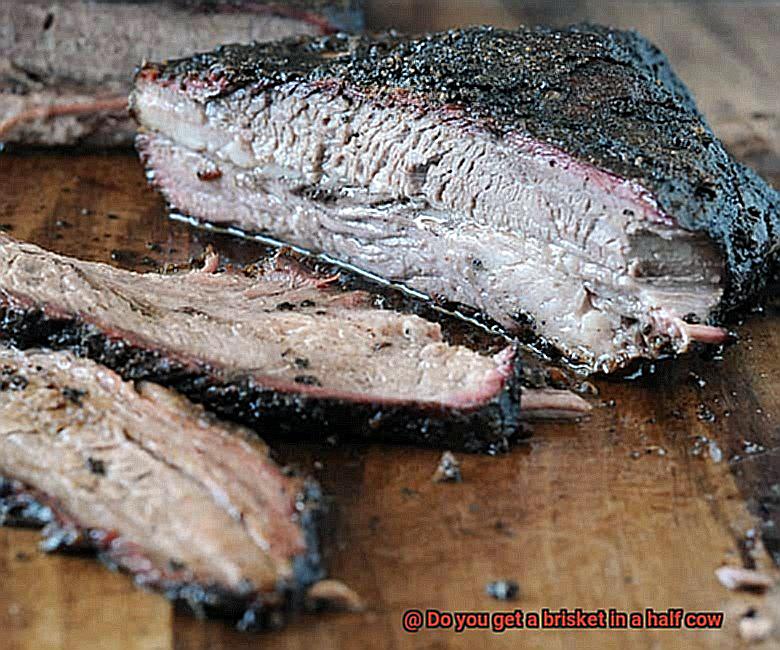
Communicate Your Preferences Clearly
When working with your butcher, it’s essential to communicate your preferences clearly. Let them know what cuts of meat you’re interested in and how you want them prepared. Remember, if you’re unsure about something, don’t hesitate to ask questions.
Ask About Including a Brisket
The brisket is a popular cut of meat that many people desire when ordering a half cow. Be sure to ask your butcher if they include the brisket in their standard half-cow orders or if it needs to be specially requested. Also, discuss how you want your brisket prepared and whether you want it whole or cut into smaller pieces.
Understand the Aging Process
Ask your butcher about their aging process for beef. Aging can enhance the flavor and tenderness of the meat, so it’s important to understand how long they typically age their beef. Your butcher should be able to explain the aging process and how it affects the final product.
Consider Custom Processing Options
Some butchers may offer custom processing options such as ground beef or sausage making. Understanding these options can help you get the most out of your purchase and ensure that you’re getting the cuts of meat that you want. Discuss these options with your butcher and see if they offer any custom processing services.
Know How Much Meat You Want
A half cow is a significant amount of meat, so it’s vital to know how much freezer space you have and how much meat you can realistically use before it goes bad. Your butcher should be able to help you estimate how much meat you will get from a half cow and how long it will last in the freezer. This will help you plan your cooking and storage needs accordingly.
What to Expect When You Purchase a Half Cow
Purchasing a half cow is a great way to save money while stocking up on high-quality meat. However, it’s important to understand what to expect in terms of the cuts of meat that will be included in your purchase. Here are five things to keep in mind:
Variety of Cuts
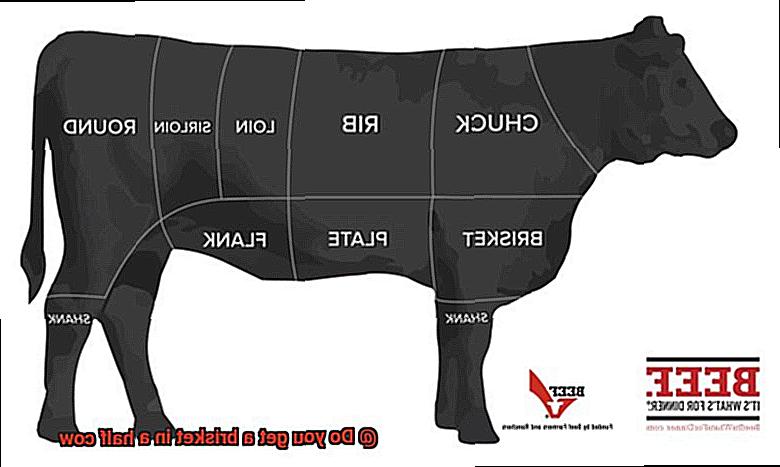
A half cow typically includes a variety of cuts of meat, from steaks and roasts to ground beef and more. Depending on how the butcher divides the animal, you may also receive some offal such as liver, heart, or kidneys.
Brisket
The brisket is a popular cut of meat that comes from the chest area of the cow. If you purchase a half cow that includes this area, you will likely receive a brisket. However, the size of the brisket can vary depending on the size of the cow, and some farms or butchers may choose to sell the brisket as a separate cut rather than including it in the half cow package.
Flat and Point Cuts
When you receive a brisket in your half cow package, it’s important to note that you will receive both the flat and point cuts. The flat cut is leaner and more uniform in shape, while the point cut has more fat and marbling, making it ideal for smoking or slow cooking.
Communication with Your Butcher
To ensure that you receive the cuts of meat you want and can plan your meals accordingly, it’s important to communicate with your butcher about your preferences and any specific requests you may have. This way, you can customize your order to meet your needs.
Size Limitations
It’s also important to keep in mind that smaller half cows may not include all of the different cuts of meat that larger ones do simply due to the size limitations of the animal. If receiving a specific cut is important to you, it’s recommended to speak with the farm or butcher prior to purchasing your half cow to ensure that it will be included.
The Advantages of Slow Cooking Methods for Brisket
As an expert in this field, I can tell you that slow cooking is the way to go when it comes to this tough and flavorful cut of meat.
One of the main advantages of using slow cooking methods such as smoking, braising, or using a slow cooker is that they allow for the gradual breakdown of connective tissues in the meat. Brisket is known for its high levels of collagen, which requires a long cooking time to break down properly. Slow cooking ensures a tender and juicy final product that will have your taste buds singing.
In addition, slow cooking allows for the flavors of the meat and any rubs or seasonings to fully develop and infuse into the meat. This results in a deep and complex flavor profile that cannot be achieved with quick-cooking methods. Whether you prefer a traditional savory rub or something sweeter, slow cooking allows for a full infusion of flavor.
But perhaps one of the greatest advantages of using a slow cooking method for brisket is how hands-off it can be. Once you’ve done the initial preparation, such as trimming excess fat or applying your desired seasoning, you can sit back and let time do its thing. Whether you use a smoker, braise in the oven, or let a slow cooker do the work, there’s minimal effort required after the initial preparation.
EgVJ724LCjo” >
Conclusion
In conclusion, the answer to whether or not you get a brisket in a half cow is a resounding yes. The brisket is one of the most popular cuts of beef and is typically found on the lower chest area of the cow. When purchasing a half cow, you can expect to receive this flavorful cut along with many others such as ribeye, sirloin, and ground beef.
It’s important to note that while purchasing a half cow may seem daunting at first, it can be a cost-effective way to stock up on high-quality meat for your family. Plus, knowing where your meat comes from and how it was raised can provide peace of mind and support local farmers.

